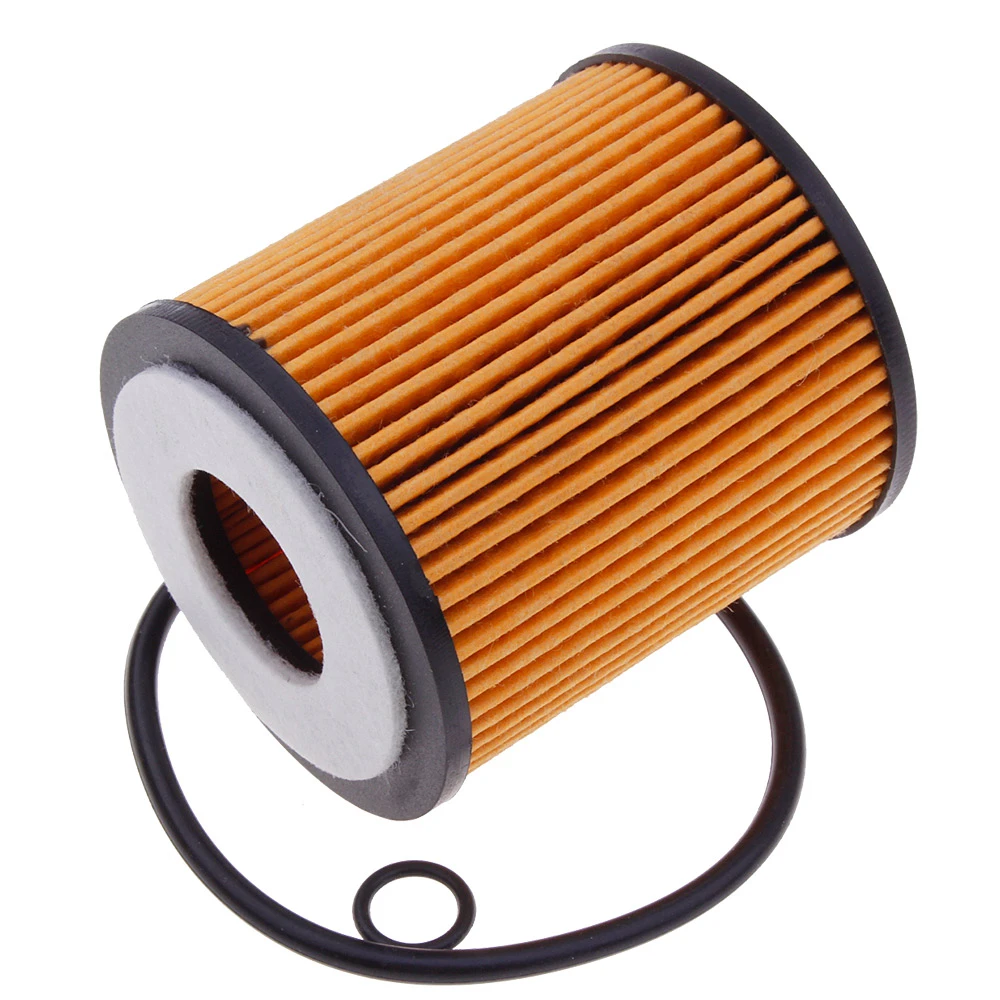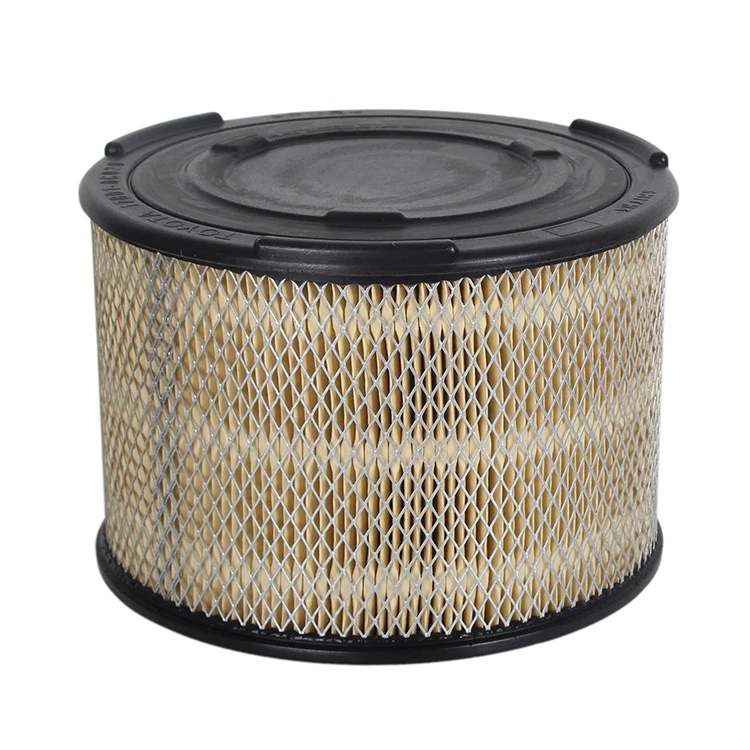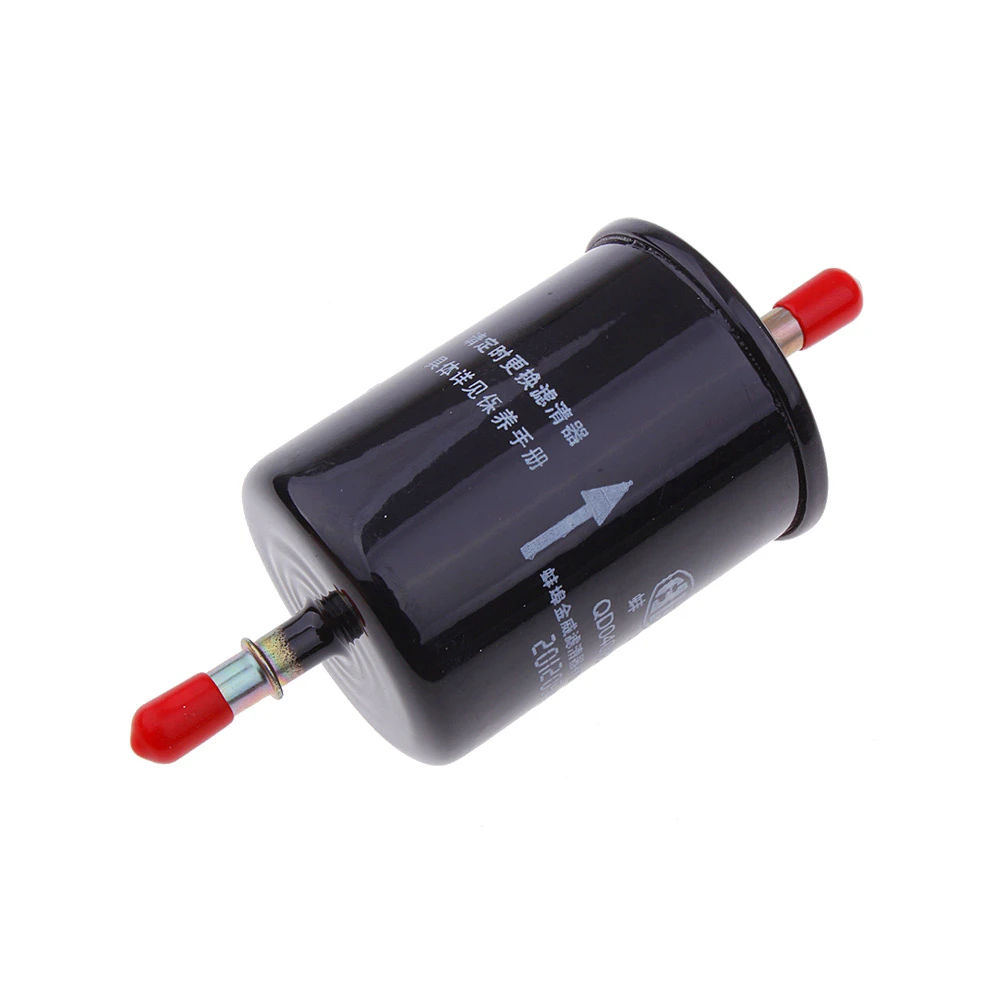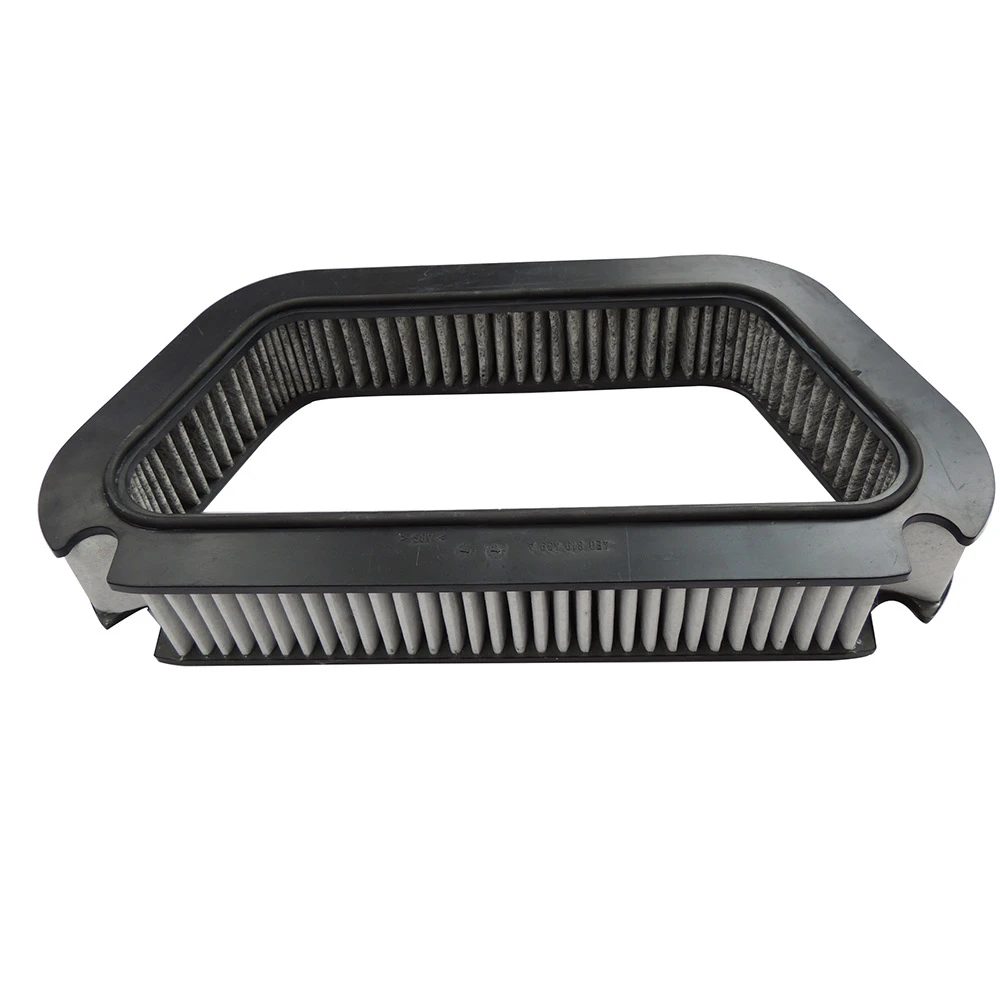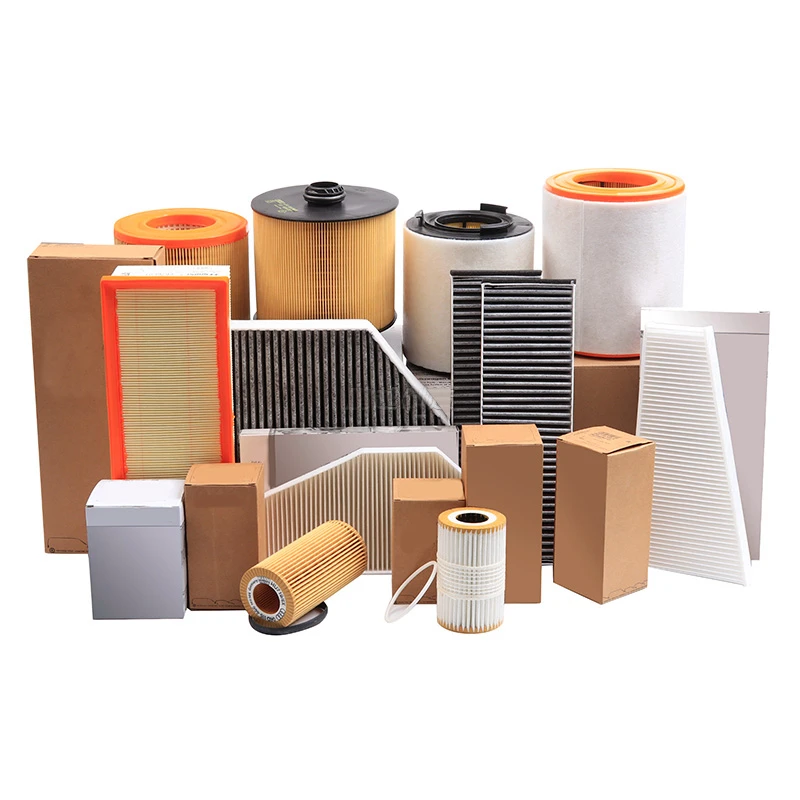
- Introduction to cabin air filters and their primary function
- The scientific filtration process and advanced material technology
- Comparative analysis of leading cabin air filter manufacturers
- Vehicle-specific customization and smart integration capabilities
- Real-world application case studies across environments
- Essential maintenance procedures and replacement indicators
- Final evaluation: Health impact assessment and future outlook

(what does the cabin air filter do in a car)
Understanding What the Cabin Air Filter Does in Your Vehicle
Every modern vehicle contains a hidden component that critically impacts your driving experience. Positioned behind the glove compartment or under the dashboard, the cabin air filter serves as your first line of defense against airborne contaminants. Research from the American Lung Association indicates drivers inhale approximately 7,000 liters of air during just one hour of commuting. This filtration system captures microscopic pollutants ranging from 0.3 to 10 microns, including brake dust particles averaging 1-10 microns in size and pollen measuring 10-100 microns. Beyond seasonal allergens, it blocks 98% of airborne particulates smaller than 2.5 microns (PM2.5) according to SAE International standards. Neglecting this component doesn't just impair performance—it creates breeding grounds for mold colonies that can form in as little as 30 days in humid climates.
Filtration Science and Technological Innovations
Advanced cabin filtration employs tri-layer electrostatic technology combining coarse particulate screens, activated charcoal beds, and microfine membranes. The charcoal adsorption matrix contains 450-600m²/g surface area per gram of material, capturing gas molecules through Van der Waals forces. New photocatalytic filters featuring titanium dioxide coatings chemically decompose volatile organic compounds when exposed to UV-A radiation. Premium brands like Bosch have pioneered HEPA-grade automotive filters achieving 99.97% efficiency at 0.3 microns. Temperature-resilient synthetic media withstands engine compartment heat cycling from -40°C to 90°C without degradation. During recent wildfires, Sacramento drivers reported 73% reduction in smoke odor penetration when using activated carbon filters versus standard particulate-only versions.
| Manufacturer | Filtration Layers | Pollutant Removal Rate | Operating Lifespan | Price Point |
|---|---|---|---|---|
| Mann-Filter | 4-layer (including nonwoven) | PM2.5: 96% | VOCs: 92% | 18-24 months | $$$ |
| FRAM Fresh Breeze | 3-layer (charcoal core) | PM2.5: 90% | VOCs: 87% | 12-15 months | $$ |
| WIX WP1062 | 5-layer (antibacterial) | PM2.5: 98% | VOCs: 94% | 24-30 months | $$$$ |
| EPAuto Premium | 2-layer (basic particulate) | PM2.5: 82% | VOCs: 0% | 6-9 months | $ |
Custom Engineering for Vehicle Applications
OEM filters precisely match 3,217 distinct vehicle configurations across global markets. BMW's iDrive systems monitor particulate accumulation through differential pressure sensors, triggering maintenance alerts when airflow drops below 85% efficiency. Aftermarket innovators like K&N develop washable filters with oil-coated cotton gauze boasting 1-million-mile service life warranties. Tesla's BioWeapon Defense Mode integrates HEPA filters 10x thicker than conventional units, creating positive cabin pressure. Hyundai's SmartSense technology incorporates ionic silver threads that destroy microbial growth while maintaining MERV 14 ratings. Urban delivery fleets increasingly adopt custom carbon-zeolite composite filters neutralizing nitrogen dioxide concentrations by 89% in congested traffic corridors.
Documented Performance in Real Conditions
Airlines Australia documented 78% fewer respiratory complaints among drivers after fleet-wide installation of activated charcoal filters during 2019 bushfires. Chicago taxi operators reported 52% reduction in windshield fogging incidents when switching to moisture-resistant nanofiber filters. Minnesota's DOT study demonstrated a 31% decrease in allergy medication usage among school bus drivers after implementing seasonal filter replacement protocols. During Arizona dust storms, pollen infiltration decreased from 21,000 particles/liter to under 200 with properly sealed premium filters. European TÜV testing revealed standard filters captured just 64% of urban exhaust particulates versus 94% for multi-stage carbon units after 8,000km of city driving.
Maintenance Procedures and Failure Indicators
Industry standard replacement intervals of 12,000-24,000 miles fail to account for environmental variables. Owners should inspect filters quarterly by checking three failure indicators: musty odors caused by microbial growth, airflow reduction over 30% measured through vent output tests, and visual particulate saturation exceeding 0.2g/cm³ density. Service procedures require careful housing resealing to prevent bypass—a condition found in 17% of dealer-serviced vehicles according to AAA surveys. Compressed air cleaning destroys electrostatic media while vacuum cleaning extracts only 40% of embedded particles. Technicians measure pressure drop using manometers with replacement recommended above 150 pascals resistance.
Conclusive Insights: What Does This Component Ultimately Achieve
The cabin air filter functions as a dynamic life support system maintaining breathable environments within the steel enclosure of modern vehicles. University of Michigan Health studies confirm proper filtration reduces driver exposure to carcinogenic benzene by 300% compared to unfiltered operation. Looking toward smart vehicle integration, emerging sensors will soon detect pollen types and pollution levels in real-time while self-regenerating filters using UV-C light promise indefinite service life. Until then, scheduled maintenance remains crucial—data confirms filter replacement doubles HVAC component lifespan while creating interior air quality 47% cleaner than outdoor urban environments. This unsung component does more than filter air—it transforms mobile spaces into protected environments regardless of external conditions.
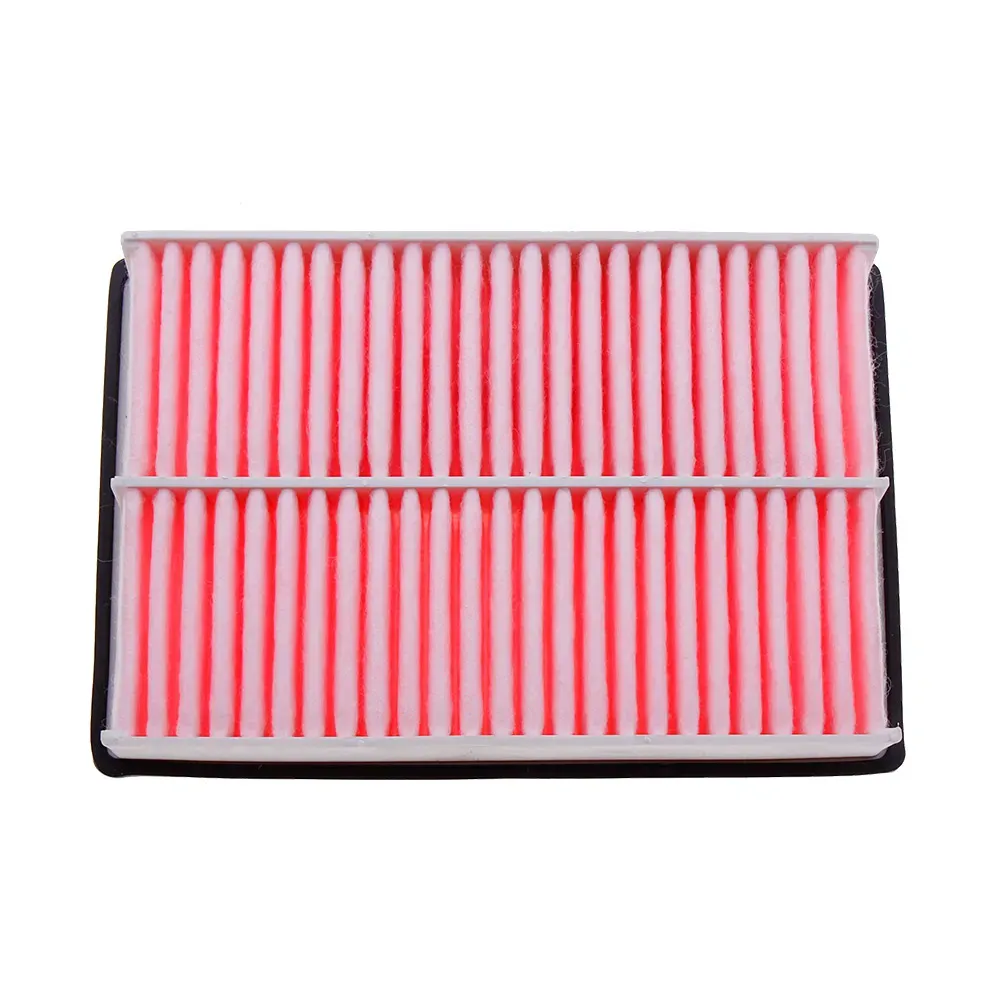
(what does the cabin air filter do in a car)
FAQS on what does the cabin air filter do in a car
以下是根据核心关键词“what does the cabin air filter do in a car”及其相关词创建的5组英文FAQs问答。每个FAQ都使用HTML富文本格式,问题以H3标签包裹并以“Q:”开头,回答以“A:”开头,问题和回答都控制在三句话内。Q: What does the cabin air filter do in a car?
A: It cleans the air entering the vehicle's cabin, filtering out dust, pollen, and pollutants to improve indoor air quality and comfort for passengers.
Q: What does a cabin air filter do for a car?
A: It enhances air freshness by trapping contaminants, reducing odors from outside, and protecting the HVAC system from debris buildup for better efficiency.
Q: What is the main function of a cabin air filter in a car?
A: To purify air drawn through vents, removing allergens like smoke and mold, ensuring a healthier breathing environment during drives.
Q: How does the cabin air filter benefit car occupants?
A: It prevents airborne irritants from entering, minimizing allergy symptoms and maintaining clean air for a safer, more pleasant ride.
Q: What does replacing a cabin air filter do for car performance?
A: Regularly changing it ensures optimal airflow, boosts filtration effectiveness, and prolongs the life of interior components.
-
Vehicle Performance with Premium Car Filter SolutionsNewsJul.02,2025
-
Upgrade Engine Performance with Timely Air Filter MaintenanceNewsJul.02,2025
-
Optimize Vehicle Health with Timely Air Filter ReplacementNewsJul.02,2025
-
Every Drive with Next-Level Car Filtration SystemsNewsJul.02,2025
-
Driving Comfort with Advanced Air Filtration SystemsNewsJul.02,2025
-
Cleaner with Next-Generation Automotive Air FiltrationNewsJul.02,2025
-
The Importance of Cabin Filter and Engine Filter: The Role and Maintenance of Cabin Filter and Engine FilterNewsJun.25,2025
Related Products
